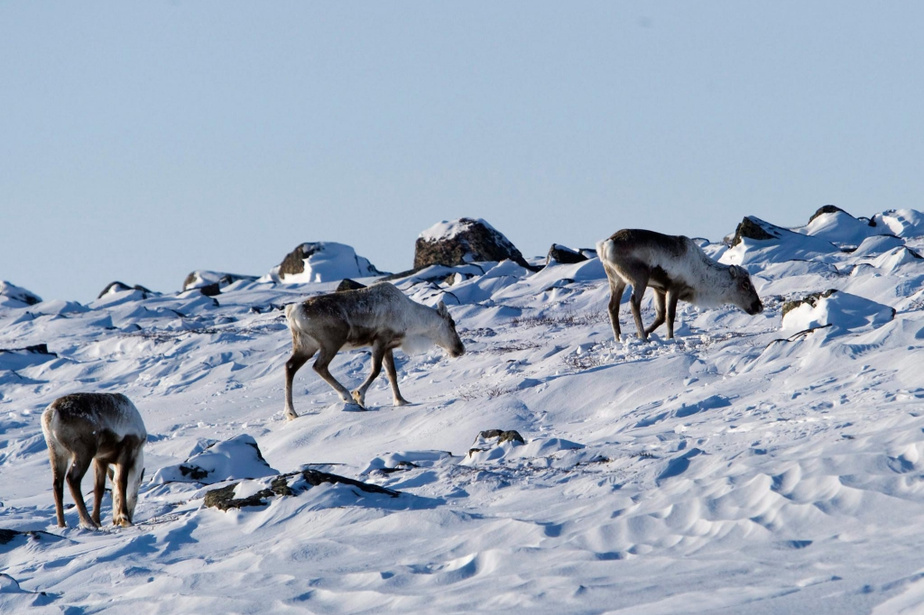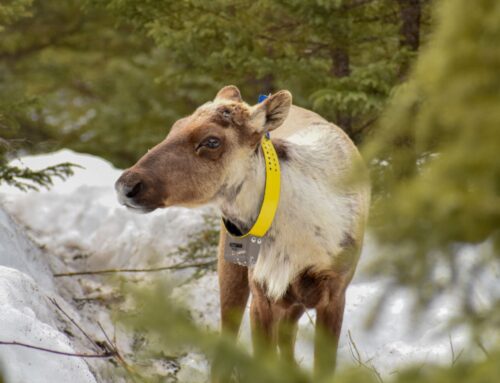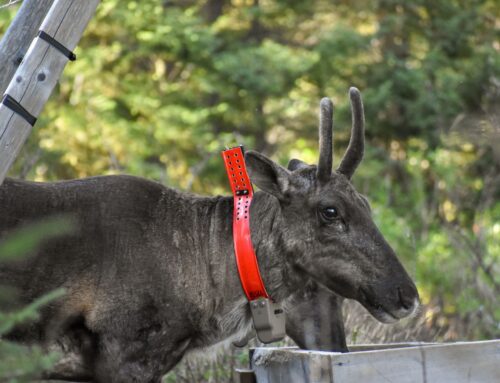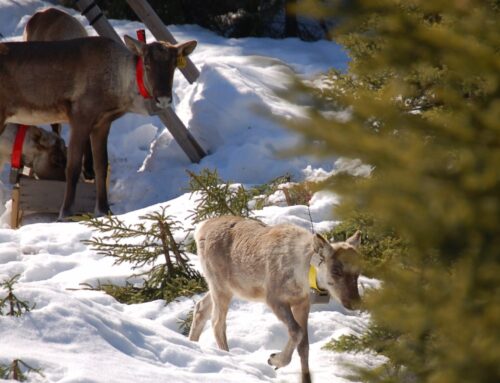Source: La Presse
Published on December 13, 2019
Slaughter the wolves and prevent First Peoples from accessing their thousand-year-old territories: these are some of the solutions that have been proposed for decades by the different governments, in defiance of indigenous ancestral rights that guarantee the continuity of territorial practices that date back to before first contact.
One of these practices is the management of the territory and its resources, for its survival and the survival of future generations. The report of the United Nations Intergovernmental Science-Policy Platform on Biodiversity and Ecosystem Services, published last May, recognizes that natural environments managed by indigenous peoples are among the best protected in the world.
Since my early youth, an animal has been at the very center of my culture and that of several nations in Quebec: Atiku, the caribou.
Without the caribou, how many nations would still be here today?
Our cultures, our languages, our spirituality, our lives are intrinsically linked to the survival and health of this being that our stories consider as a brother of man.
Ghostly presence
But for several years now, its presence has become almost ghostly. Our role as guardians of the territory even leads us not to hunt it anymore. Giving up caribou hunting means giving up part of our identity and our food security to protect the species. What sacrifices are Quebecers willing to make in turn?
In the case of the Val-d’Or herd, we can still count on the territorial presence of the Anishnabe to have an ancestral vision and a desire to protect and regenerate the woodland caribou in the region. The community stopped hunting caribou more than 20 years ago. Important efforts have been made in the past to decrease the herd of other prey like the original, because the theory says that this is what also decreases the presence of wolves.
Quickly, the Anishnabe negotiated a contribution agreement with the federal government, in close collaboration with the Ministry of Forests, Wildlife and Parks, so that concrete actions could be taken to safeguard the herd. Among these actions were the depredation of wolves, the dismantling of logging roads in the heart of the habitat, research projects to better understand the best places to put restoration efforts and to monitor the effectiveness of road closures limiting the movement of predators, and participation in the fall caribou count. The community has also worked closely with Action Boréale to help implement its caribou reintroduction project and support it as a mandatory step in response to the fragility of the herd.
Short term vision
But these efforts are hampered by a short-term vision of economic development, based on a willful blindness that is reminiscent of the denial of climate change.
The caribou are disappearing before our eyes not because there are too many wolves, but because their territory is being destroyed with industrial means with the complicity of the State.
How can a government ensure the protection of an endangered species and an endangered herd that is under its responsibility when it is itself causing its decline by putting itself at the service of the interests of foresters?
Delaying the implementation of a long-term protection plan until 2023 while promising to open up the territory to more logging, isn’t it a clear message that we are waiting for the announced death of the Val-d’Or woodland caribou, a threatened species? Don’t look for wolves in the forest, they are in the sheepfold.
It is profoundly unfair to see all the efforts and proposals coming from a community that puts its meagre resources to work for living together swept aside.
There is constant talk about the rights of industry, vacationers, camp owners. But the rights of First Nations to ensure their presence on their territory, to preserve their millennial culture and to protect their relationship with the caribou and the wolf are constantly trampled on.
Let us entrust First Nations with the responsibility of protecting the territory by creating Aboriginal protected areas based on a true vision of the future, far from the discriminatory conservation practices of the past. This would be a huge step towards reconciliation with First Peoples, with the caribou and with the nature that sustains our existence.





